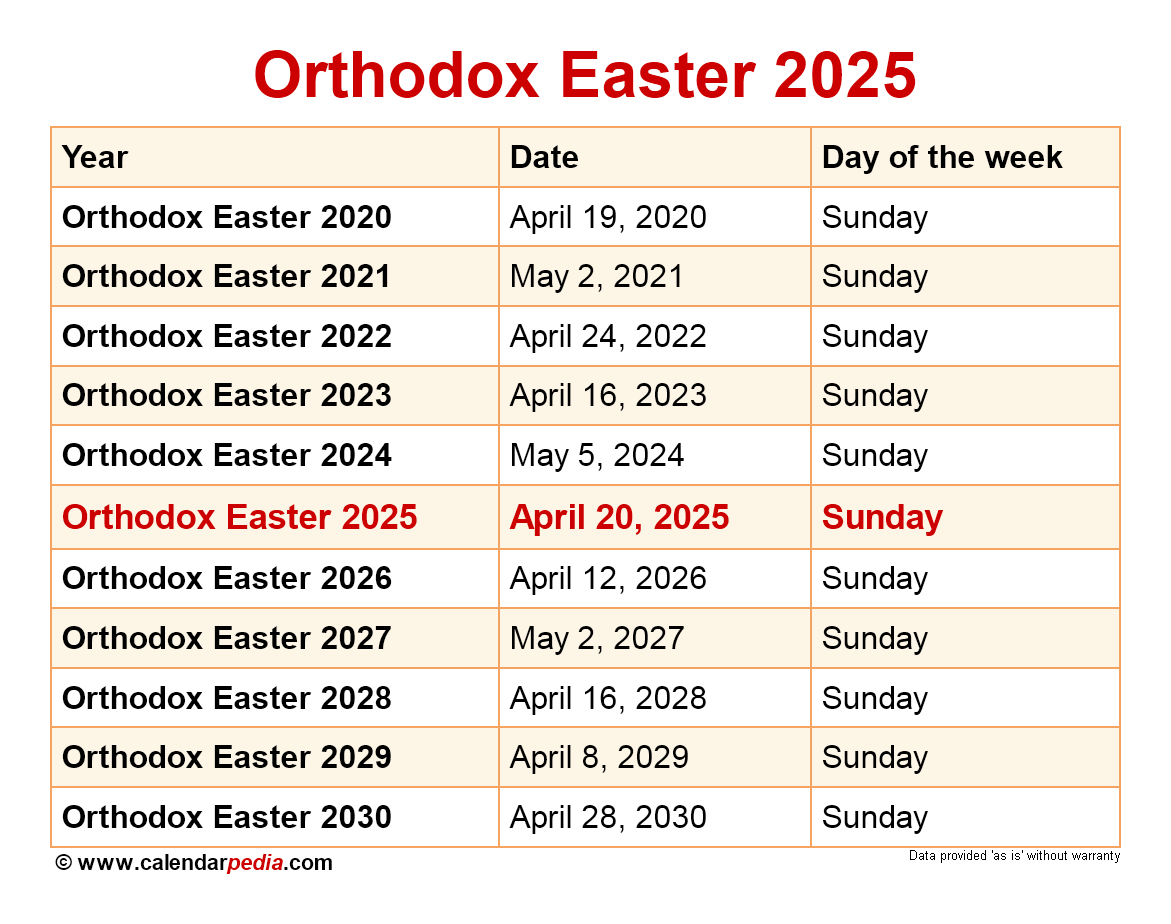In 2025, both Orthodox and Catholic Christians will observe Easter, albeit on different dates—April 20 for Orthodox Christians and April 20 for Catholics, though sometimes they may seem synchronized but the underlying differences regarding their calendrical calculations lead to significant variances. Understanding why these dates differ illuminates broader theological and historical narratives that shape the Christian faith today. The core of the disparity arises from the calendrical systems these branches of Christianity utilize: the Julian calendar for Orthodox churches and the Gregorian calendar for Roman Catholics, alongside different liturgical rites and ecclesiastical traditions.
The core of the issue is historical. The adoption of the Gregorian calendar was instituted by Pope Gregory XIII in 1582, and its aim was to correct inaccuracies present in the Julian calendar, which had been in use since the time of Julius Caesar. The Julian calendar, while effective for its time, was not precise enough, which led to a gradual shift in the equinoxes and, by extension, the timing of Passover—an event crucial for the establishing of Easter. The Gregorian reform sought to correct this drift by redefining the systems of leap years and modifying the formula for calculating the spring equinox, thus directly influencing the dating of Easter celebrations.
At the crux of the Easter celebration for Christians is the Resurrection of Jesus Christ, which is celebrated on the first Sunday following the full moon on or after the vernal equinox, a method dating back to the Nicene Council of 325 A.D. This method, however, only applies to Gregorian calendar users; Orthodox Christians, adhering to the Julian calendar, calculate the date of Easter based on a different lunar cycle. Consequently, the same astronomical event can yield different dates depending on the calendar used, creating a chasm in ecclesiastical observances.
Orthodox traditions have retained a strong adherence to their historical customs and liturgical calendar. Many of the Eastern Orthodox churches celebrate all feasts, including Easter, according to the Julian calendar, which is currently 13 days behind the Gregorian calendar. Thus, while various Western Christian denominations celebrate Easter simultaneously, the Orthodox Church maintains its unique formulae and perspectives derived from centuries of tradition. For Orthodox believers, the week preceding Easter, known as Holy Week, is a time for profound reflection, prayer, and fasting, culminating in the Paschal Vigil that commemorates the Resurrection with joyful exuberance.
Roman Catholic observance, however, has evolved significantly post-Reformation and often intersects with various Western traditions, including local customs and practices. Liturgically, the Roman Church embraces a richer tapestry of rites, and the Easter season in Catholicism extends well beyond a single day, encompassing the entire Paschal season up until Pentecost. This prolonged celebratory period allows for a deeper meditative experience of the Resurrection, the Sacraments and the teachings of Christ.
The divergence in dates, though merely a calendaric difference, thus embodies much more than a logistical issue; it reflects deeper theological complexities. The Orthodox Church emphasizes the mystery of the Resurrection and the transformative nature it ushers into the believer’s life. The focus is on the personal and communal journey, marked by penitential observances leading to the joyous proclamation of “Christ is Risen!” The theology behind Easter observances often integrates a more mystical understanding of salvation history—fostering a sense of continuity with the early Christian community and nurturing a communal identity that transcends time.
Conversely, the Catholic Church places significant emphasis on the significance of the Resurrection as pivotal to the faith. Easter stands as a central proclamation of Catholic doctrine, underscoring themes of redemption, resurrection and hope. The liturgical elements—such as the Easter Vigil—are designed to engage congregants fully, inviting them into an experiential remembrance that connects them to the foundational truths of faith. This not only enhances the solemnity of the season but also promotes theological reflection and dialogue within the community.
Additionally, varying cultural practices within each tradition further enrich the presentation of Easter. In Orthodox communities, one might witness traditional foods such as the sweet bread, kulich, and dyed eggs played out alongside ancient rites steeped in centuries-old customs. Meanwhile, Roman Catholic communities might engage in vibrant celebrations, utilizing various practices like Easter egg hunts, symbolic meals, or even grand liturgical ceremonies that incorporate a blend of local cultures and Catholic traditions. Both traditions converge on the foundational truth of the Resurrection, yet remain distinct in their expressions and practices.
Moreover, the dialogue surrounding the calendar differences often serves as a microcosm of the larger discussions about unity within the Christian faith. Initiatives aimed at reconciling different practices, such as shared Easter observances, have historically been undertaken as a means to foster ecumenism. Nevertheless, the respective celebrations and traditions continue to stand as a testament to the rich diversity found within Christianity whilst anchoring the faith across different communities in their historical and theological contexts.
As 2025 approaches, Catholic and Orthodox Christians will once again find themselves observing Easter on the same day, April 20th, but the dilemma of calendrical differences persists. Reflecting on these distinctions encourages a deeper appreciation for the unique theological perspectives and rich traditions that enrich the tapestry of Christianity. Each observance, whether drawn from Eastern or Western practices, contributes to the broader narrative of faith, inviting believers to explore the resonating themes of resurrection, renewal, and communal faith in a world eager to seek meaning amidst its complexities.



